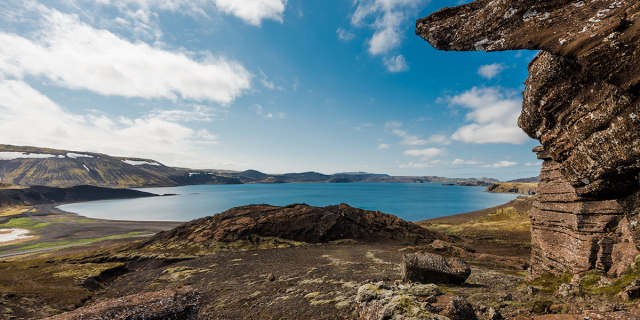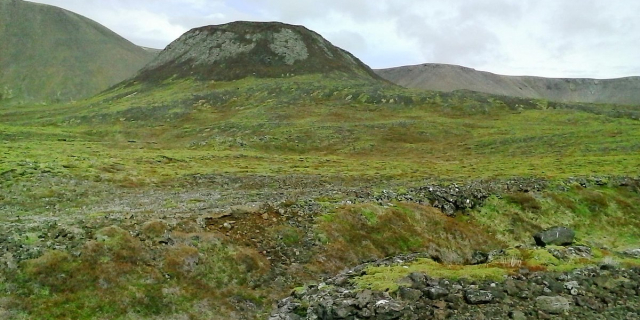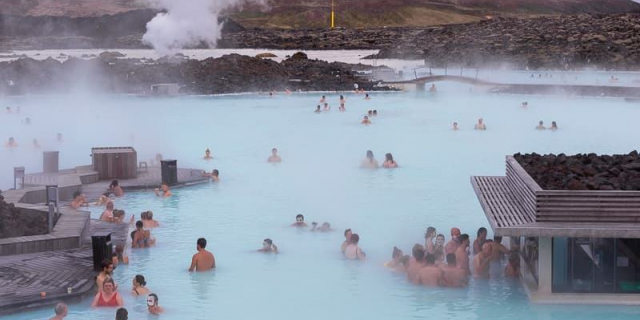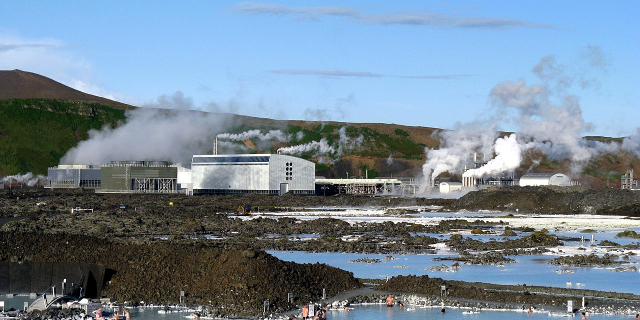Icelandic Phallological Museum
The Icelandic Phallological Museum (Icelandic: Hið íslenzka reðasafn [ˈhɪːð ˈistlɛnska ˈrɛːðaˌsapn̥]), located in Reykjavík, Iceland, houses the world's largest display of penises and penile parts. As of early 2020 the museum moved to a new location in Hafnartorg, three times the size of the previous one, and the collection holds well over 300 penises from more than 100 species of mammal. The museum also holds 22 penises from creatures and peoples of Icelandic folklore.
In July 2011, the museum obtained its first human penis, one of many promised by would-be donors. Its detachment from the donor's body did not go according to plan and it was reduced to a greyish-brown shriveled mass that was pickled in a jar of formalin. The museum continues to search for "a younger and a bigger and better one."
Founded in 1997 by since-then retired teacher Sigurður Hjartarson and now run by his son Hjö...Read more
The Icelandic Phallological Museum (Icelandic: Hið íslenzka reðasafn [ˈhɪːð ˈistlɛnska ˈrɛːðaˌsapn̥]), located in Reykjavík, Iceland, houses the world's largest display of penises and penile parts. As of early 2020 the museum moved to a new location in Hafnartorg, three times the size of the previous one, and the collection holds well over 300 penises from more than 100 species of mammal. The museum also holds 22 penises from creatures and peoples of Icelandic folklore.
In July 2011, the museum obtained its first human penis, one of many promised by would-be donors. Its detachment from the donor's body did not go according to plan and it was reduced to a greyish-brown shriveled mass that was pickled in a jar of formalin. The museum continues to search for "a younger and a bigger and better one."
Founded in 1997 by since-then retired teacher Sigurður Hjartarson and now run by his son Hjörtur Gísli Sigurðsson, the museum grew out of an interest in penises that began during Sigurður's childhood when he was given a cattle whip made from a bull's penis. He obtained the organs of Icelandic animals from sources around the country, with acquisitions ranging from the 170 cm (67 in) front tip of a blue whale penis to the 2 mm (0.08 in) baculum of a hamster, which can only be seen with a magnifying glass. The museum claims that its collection includes the penises of elves and trolls, though, as Icelandic folklore portrays such creatures as being invisible, they cannot be seen. The collection also features phallic art and crafts such as lampshades made from the scrotums of bulls.
The museum has become a popular tourist attraction with thousands of visitors a year and has received international media attention, including a Canadian documentary film called The Final Member, which covers the museum's quest to obtain a human penis. According to its mission statement, the museum aims to enable "individuals to undertake serious study into the field of phallology in an organized, scientific fashion."
 Sigurður Hjartarson, founder of the Icelandic Phallological Museum
Sigurður Hjartarson, founder of the Icelandic Phallological MuseumThe museum's founder Sigurður Hjartarson worked as a teacher and principal for 37 years, teaching history and Spanish at Reykjavík's Hamrahlid College for the last 26 years before his retirement.[1] As a child, he owned a bull's pizzle, which was given to him to use as a cattle whip. He began collecting penises after a friend heard the story of the bull's penis in 1974 and gave him four new ones, three of which Sigurður gave to friends. Acquaintances at whaling stations began bringing him whale penises as well, and the collection grew from there, expanding through donations and acquisitions from various sources around Iceland.[2]
The organs of farm animals came from slaughterhouses, while fishermen supplied those of pinnipeds and the smaller whales. The penises of larger whales came from commercial whaling stations, although this source dried up after the International Whaling Commission implemented a global ban on commercial whaling in 1986. Sigurður was able to continue to collect whale penises by harvesting them from the 12–16 whales that fall victim to stranding on the Icelandic coast each year.[2] He also obtained the penis of a polar bear shot by fishermen who found the animal drifting on drift ice off the Westfjords.[3]
Sigurður was assisted by his family, though not without some occasional embarrassment. His daughter Þorgerður recalls that she was once sent to a slaughterhouse to collect a specimen but arrived just as the workers were taking a lunch break: "Someone asked, 'What's in the basket?' I had to say, 'I'm collecting a frozen goat penis.' After that I said, 'I will never collect for you again.'"[4] According to Sigurður, "Collecting penises is like collecting anything. You can never stop, you can never catch up, you can always get a new one, a better one."[5]
 A bull's penis similar to this one, intended for use as a bullwhip, was given to the museum's founder when he was a boy and sparked a lasting interest in penises.
A bull's penis similar to this one, intended for use as a bullwhip, was given to the museum's founder when he was a boy and sparked a lasting interest in penises.The collection was at first housed in Sigurður's office at the college until he retired from his teaching job. He decided, more as a hobby than a job, to put it on public display in Reykjavík and was awarded a grant from the city council of ISK 200,000 to support the opening of a museum in August 1997.[6] By 2003, it was attracting 5,200 visitors a year, of which 4,200 were from abroad. He put the museum up for sale in 2003, but also offered it to the city of Reykjavík as a gift.[7] However, he was unsuccessful in obtaining financial support from the state or city. When he retired in 2004, he could no longer afford the rent on the museum's premises.[8]
 The former exhibition room in Húsavík, 2008
The former exhibition room in Húsavík, 2008After his retirement, he moved along with his collection to Húsavík, a fishing village with a population of about 2,200 people located 298 miles (480 km) northeast of the capital. The museum was housed in a small building, formerly a restaurant,[8] that was marked with a giant wooden penis and a stone phallus standing outside on the street. The village's inhabitants were at first skeptical of the new arrival, but came to accept it when they were persuaded that there was nothing pornographic about the museum.[3]
In 2012 he handed over the collection to his son, Hjörtur Gísli Sigurðsson (described by Slate as "the world's only hereditary penis-museum operator"[4]). It was relocated from Húsavík to Reykjavík's main shopping street at Laugavegur 116.[9] Its former location in Húsavík is now home to The Exploration Museum.[10] An offer from a wealthy German to buy the museum for ISK 30 million (US $232,000 / €186,000) and a proposal to move it to the United Kingdom were both turned down, as Hjörtur insists that "the museum has to be in Iceland."[11] He intends to continue acquiring new penises because you can "always get a better, newer one ... a bigger size or better shape, you know?"[12]
According to University of Iceland anthropologist Sigurjón Baldur Hafsteinsson, Icelanders' tolerance of the museum is an indicator of how Icelandic society has changed since the 1990s, when a newly elected neoliberal government fostered a more open outlook on entertainment, creativity and tourism that has "enabled new ideas to emerge publicly".[5] He has documented the significance of the museum's role in Icelandic culture in a book, Phallological museum.[13][14]




























Add new comment